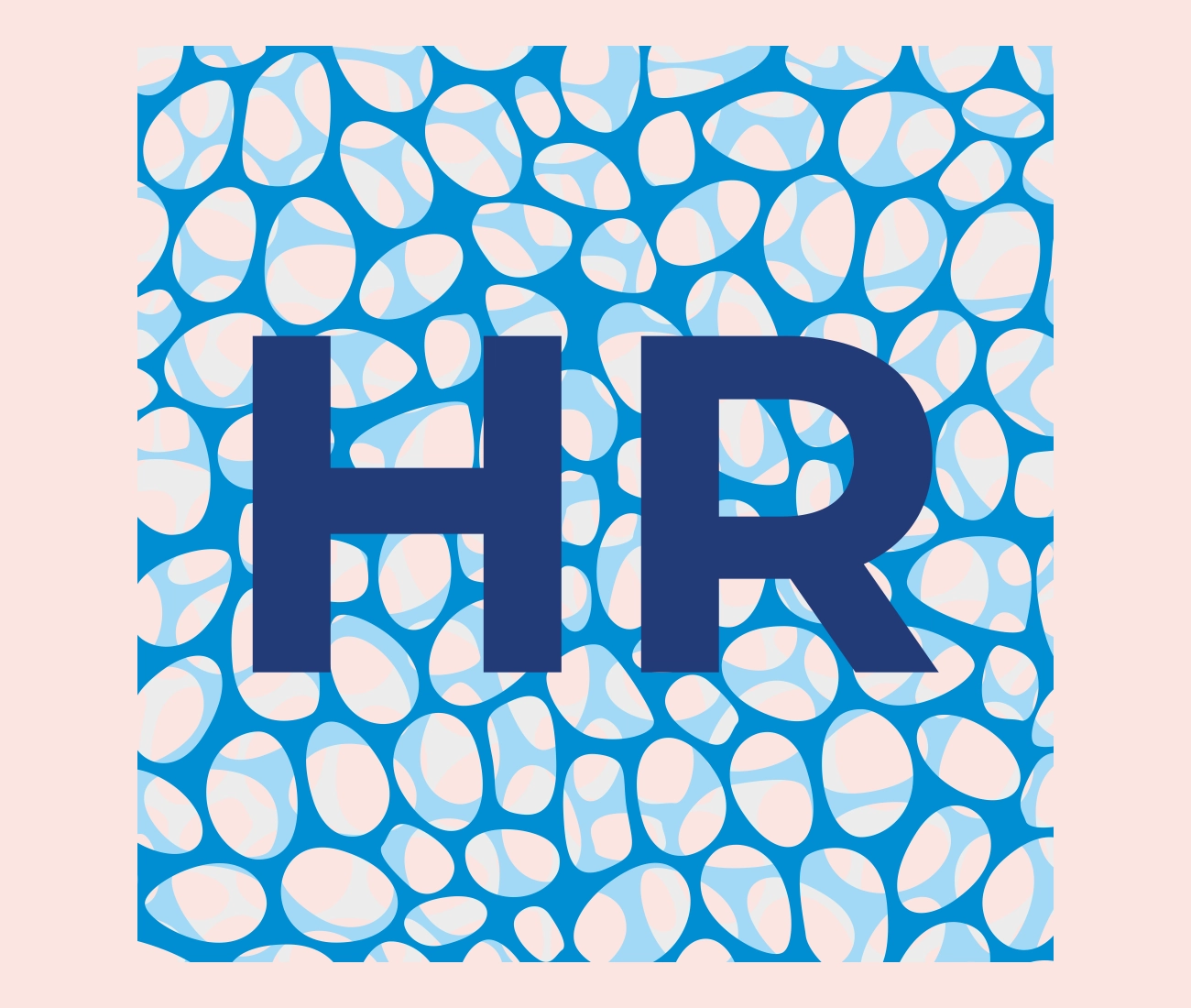To provide services at the highest level, we use cookies. Using the website requires you to choose settings related to their storage on your device. If you want to know what each type of cookie is used for, click the Details button below.
5 benefits of HR foam in a aattress!10 września 2024 |

HR foam, or high-resilience foam, is a type of polyurethane foam characterized by an open-cell structure. These cells have pores that allow air to enter and exit. As a result, it is more elastic and allows air circulation, making it comfortable and durable. HR foam is an ideal material for use in mattresses.
HR foam can be either hard or soft. It all depends on its parameters. Each foam is marked with a letter (HR, T, or V), followed by a string of four digits, where the first two digits indicate density (in kg/m?), and the next two represent firmness (in kPa). For some foams, firmness may also be specified in newtons (N), in which case there are five digits. For example, HR35150 foam is HR foam with a density of 35 kg/m? and a firmness of 150 N. On the other hand, HR35050 foam has the same density but a firmness of 50 N.
HR foam is undoubtedly the best of the types of foams found in mattresses. It stands in contrast to T foam, which wears out quickly and does not allow air to pass through, and V foam (memory foam), which collapses under heat. Open-cell foam provides excellent ventilation and dynamic support. As a result, this type of foam supports the spine well and helps maintain proper posture during sleep.
Upholstery foam and upholstery sponge are essentially the same thing. These are different names commonly used to refer to the entire group of polyurethane foams, including HR foams.
Without a doubt, HR foam is the best upholstery foam. However, attention should be paid to its density and firmness. Well-chosen upholstery foam provides the optimal combination of elasticity, durability, and comfort. The better ventilation and dynamics of HR foam make it superior in quality to other types of foams, such as T and V foams.